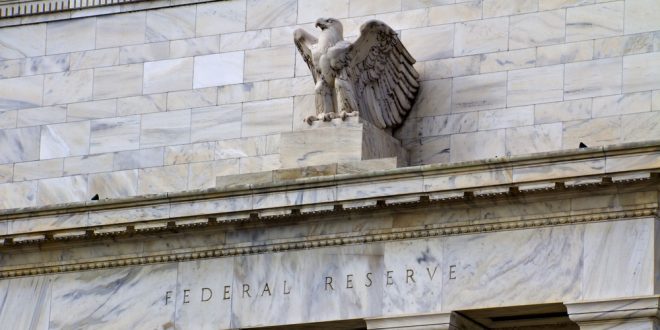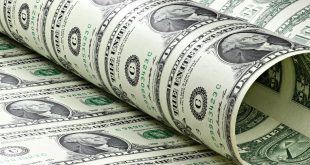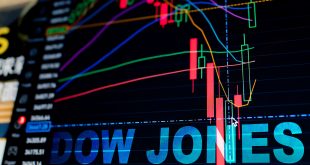Cash flows into the New York Federal Reserve’s reverse repurchase (RRP) facility hit a new record high at $485 billion on Thursday, according to recent reports.
The development is increasing the pressure on key interest rates that could decline into the negative territory below zero.
The previous all-time high was registered on the last day of 2015 at of $474.6 billion.
Meanwhile, President of the Federal Reserve Bank of Dallas, Robert Kaplan, has once again expressed leaning towards reducing the current levels of monetary easing policies, with the labor market improving compared with many expectations and evaluations.
Kaplan said that changes in the labor market might not be particularly susceptible to monetary policy, with the labor market becoming tighter than appreciated, as he mentioned.
“It is our view that this possibility should be kept in mind as policymakers assess the appropriate stance of monetary policy.”
The Kansas Fed President previously called for cutting the $120 billion monthly asset purchases.
Kaplan also noted that resilient growth in wages and the relatively abundant jobs, suggest the economy is doing better than estimated despite the higher unemployment rate.
A recent report showed that the Fed’s balance sheet could peak by next year before declining and then stabilizing in three years.
The Fed’s portfolio could reach $9 trillion by the end of 2022, according to recent estimates by the Federal Reserve Bank of New York.
It is now expected that the balance sheet would peak at the level of $6.2 trillion by the end of next year before beginning to decline.
Then, stabilization is expected until 2025 with reinvesting the returns of securities, and then the path of the Fed’s portfolio will most likely depend on the policy chosen by the Federal Open Market Committee (FOMC).
The FOMC is expected to begin normalizing the monetary policy, following the recent easing cycle that mainly aims at supporting economic recovery from the coronavirus pandemic.
 Noor Trends News, Technical Analysis, Educational Tools and Recommendations
Noor Trends News, Technical Analysis, Educational Tools and Recommendations





